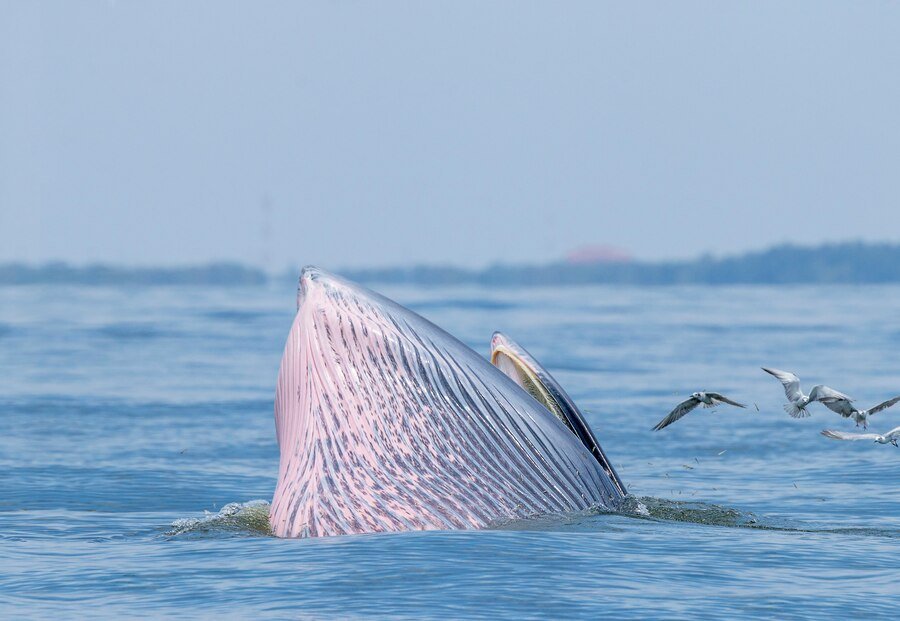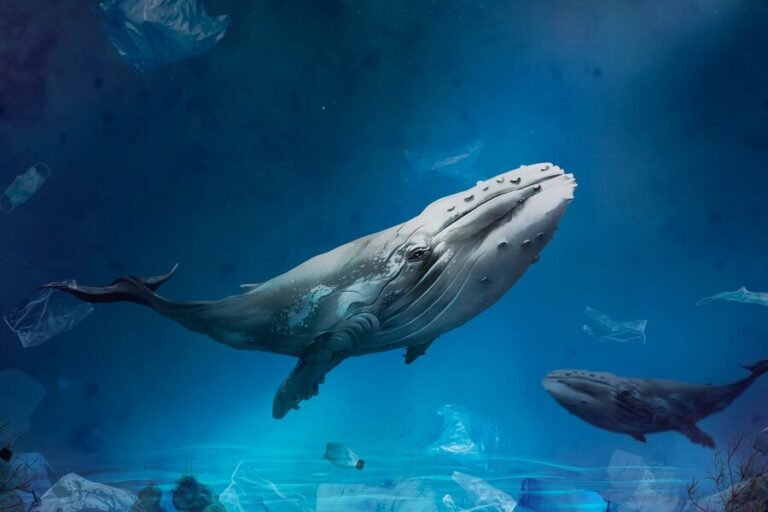In a world teeming with life and diversity, the biggest animal on the planet captures the awe and admiration of eco-enthusiasts everywhere. These magnificent giants play crucial roles in our ecosystems, helping to maintain the delicate balance of nature. But what makes these colossal creatures so special? In this blog post, we’ll explore the fascinating world of the largest animals on Earth, focusing on their habitats, ecological importance, and the conservation efforts needed to protect them. Get ready for an exciting adventure into the world of the blue whale, the African elephant, and the colossal impact these giants have on our planet!
The Blue Whale A Deep Dive into the Ocean’s Largest Inhabitant
The blue whale holds the title of the biggest animal on the planet, weighing in at an astonishing 200 tons and stretching up to 100 feet in length. These gentle marine giants glide gracefully through the world’s oceans, feasting on tiny krill and playing a vital role in marine ecosystems. Their impressive size is not just a marvel to behold, but also a key factor in their ecological role.
The habitat of the blue whale spans the globe, from the icy waters of the Arctic to the warm currents of the tropics. These migratory animals travel immense distances, following their food sources and ensuring the health of our oceans. But blue whales face numerous challenges, including ship strikes, pollution, and climate change, all of which threaten their survival.
In marine ecosystems, blue whales act as ecosystem engineers, helping to maintain the balance of life in the oceans. Their massive size and feeding habits contribute to nutrient cycling, providing essential resources for countless other marine species. The presence of blue whales is a testament to the health of our oceans, and their protection is crucial for maintaining the delicate balance of marine ecosystems.
The African Elephant The Majestic Giant of the Savanna
While the blue whale reigns as the largest animal in the ocean, the African elephant stands proudly as the biggest land mammal. Weighing up to 14,000 pounds and reaching heights of 13 feet, these majestic creatures roam the savannas and forests of Africa. They are not only iconic symbols of the wild but also essential components of their ecosystems.
Life in the wild poses many challenges for African elephants, from habitat loss to poaching. Despite these threats, they continue to play a vital role in maintaining the health and diversity of their environments. Their foraging habits help shape the landscape, creating open spaces and promoting the growth of diverse plant species.
Conservation efforts are crucial for the survival of African elephants, as their numbers continue to decline. Organizations and individuals around the world are working tirelessly to protect these giants, ensuring their survival for future generations. By supporting these initiatives, eco-enthusiasts can help safeguard the future of the African elephant and the ecosystems they inhabit.
The Colossal Impact of Earth’s Giants
The biggest animals on the planet have a profound impact on our world, shaping ecosystems and influencing the survival of countless other species. Their presence is essential for maintaining ecological balance, as they provide vital resources and services that benefit numerous forms of life.
Blue whales and African elephants, for example, are key players in nutrient cycling, helping to distribute essential nutrients throughout their environments. This process supports the growth of plants and algae, providing food and habitat for countless other species. The loss of these giants would undoubtedly disrupt the intricate web of life they help sustain.
In addition to their ecological roles, these giants inspire awe and wonder, reminding us of the beauty and diversity of our planet. By understanding and appreciating their significance, we can better protect the natural world and ensure a sustainable future for all its inhabitants.

Human Responsibility and Conservation Efforts
Protecting the biggest animals on the planet is not just a moral obligation, but a necessity for maintaining the health of our ecosystems. Eco-enthusiasts and concerned individuals can play a vital role in conservation efforts, helping to preserve these giants for future generations.
One way to contribute is by supporting organizations dedicated to wildlife conservation. By donating time, money, or resources, you can help fund crucial research and initiatives that protect these magnificent creatures. Additionally, raising awareness about the challenges facing these animals can inspire others to take action and join the fight for their survival.
Another important aspect of conservation is advocating for policies that protect wildlife and their habitats. By engaging with local and national governments, eco-enthusiasts can help shape the policies that determine the future of our planet’s giants. Your voice can make a difference in the fight to preserve these incredible animals and the ecosystems they inhabit.
The Importance of Understanding and Protecting Earth’s Giants
In conclusion, the biggest animals on the planet are not just fascinating subjects of study, but essential components of our world’s ecosystems. Their presence is crucial for maintaining ecological balance and ensuring the survival of countless other species. By understanding their roles and the challenges they face, we can work together to protect these giants and the natural world they inhabit.
For eco-enthusiasts and concerned individuals, the opportunity to make a difference is within reach. By supporting conservation efforts, raising awareness, and advocating for policies that protect wildlife, you can help ensure the survival of these magnificent creatures. Let’s work together to preserve the beauty and diversity of our planet for future generations.
Get Involved and Make a Difference
If you’re passionate about protecting Earth’s biggest animals, there are many ways to get involved and make a difference. Start by sharing this post with friends and family, spreading the word about the importance of conservation efforts. Engage with local and national organizations dedicated to wildlife protection, and consider volunteering your time or resources to support their initiatives.
